Distressed tin ceiling - will it darken more? X-post + pic
zeebee
14 years ago
Related Stories
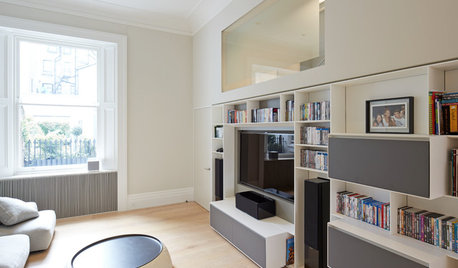
MEDIA ROOMS10 Ways to Make Your Home Theater More Awesome
Check out these ideas for bringing more tech sophistication to your media space
Full Story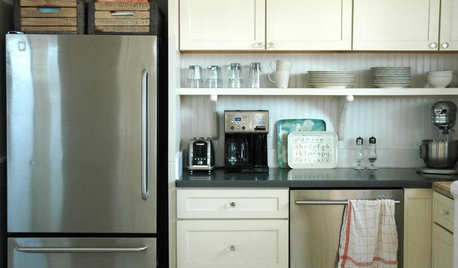
KITCHEN DESIGNTrick Out Your Kitchen Backsplash for Storage and More
Free up countertop space and keep often-used items handy by making your backsplash more resourceful
Full Story
GREAT HOME PROJECTSHow to Give Your Driveway and Front Walk More Curb Appeal
Prevent injuries and tire damage while making a great first impression by replacing or repairing front paths
Full Story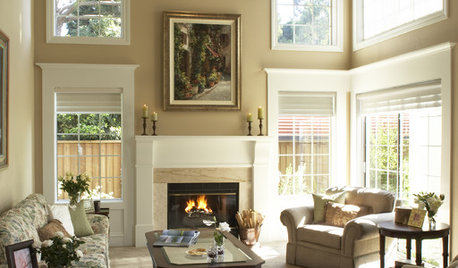
MORE ROOMSTall Tales: Ideas for Two-Story Great Rooms
Make a Great Room Grand With Windows, Balconies, Art and Dramatic Ceilings
Full Story
MOST POPULARHeads-Up Hues: 10 Bold Ceiling Colors
Visually raise or lower a ceiling, or just add an eyeful of interest, with paint from splashy to soothing
Full Story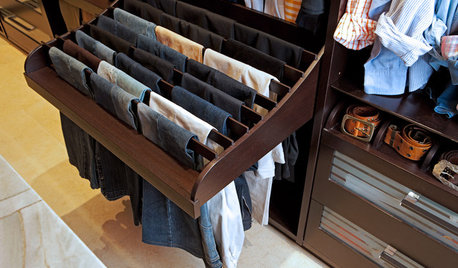
CLOSETSThe 15 Most Popular Closet Luxuries on Houzz
Turn distressing disarray into streamlined perfection with closet organizers and amenities like these
Full Story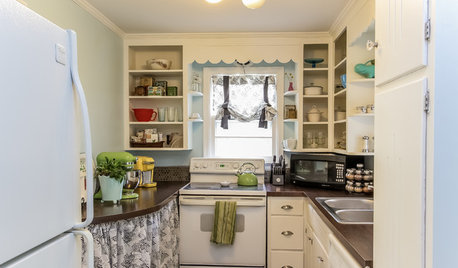
KITCHEN DESIGNShow Us Your Compact Kitchen
Do you have a tiny kitchen that works well for you? Post your pictures in the Comments
Full Story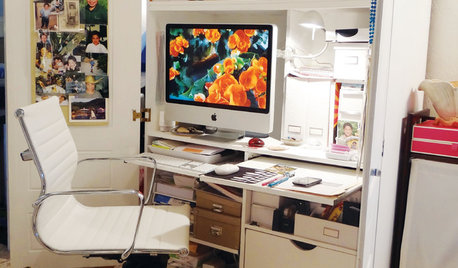
MORE ROOMS28 Great Real-Life Home Offices
Houzz Readers Prove You Can Turn Any Room Into Inspiration Central
Full Story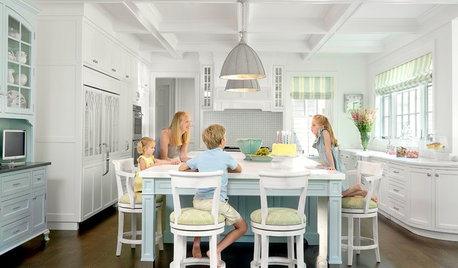
LIGHTINGSource List: 20 Pendants That Illuminate the Kitchen Island
See the ceiling lighting fixtures that are popular on Houzz and find out where to get them
Full Story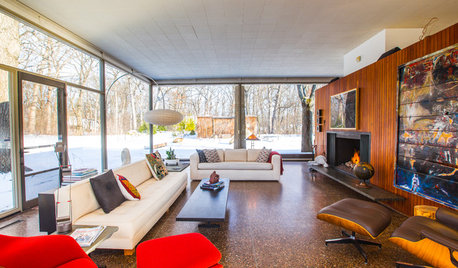
HOUZZ TV FAVORITESHouzz TV: See What It’s Like to Live in a Glass House
Tour a couple’s midcentury modern Illinois home, where floor-to-ceiling views of nature are all around
Full Story





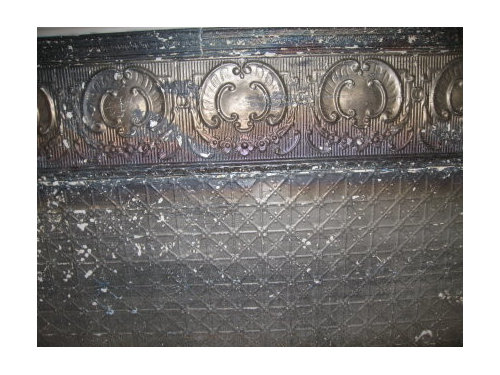




sombreuil_mongrel
gardurnit
Related Professionals
Clute Kitchen & Bathroom Designers · Haslett Kitchen & Bathroom Designers · Magna Kitchen & Bathroom Designers · Schenectady Kitchen & Bathroom Designers · Normal Kitchen & Bathroom Remodelers · Shamong Kitchen & Bathroom Remodelers · Minnetonka Mills Kitchen & Bathroom Remodelers · Fairland Kitchen & Bathroom Remodelers · Spanish Springs Kitchen & Bathroom Remodelers · Tulsa Kitchen & Bathroom Remodelers · American Fork Architects & Building Designers · Baltimore Architects & Building Designers · Portage Architects & Building Designers · Providence Architects & Building Designers · Troutdale Architects & Building DesignersCircus Peanut
zeebeeOriginal Author
sombreuil_mongrel
phantom_gardner
l_mtl